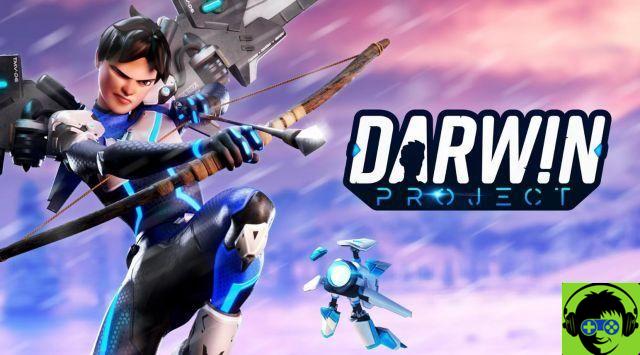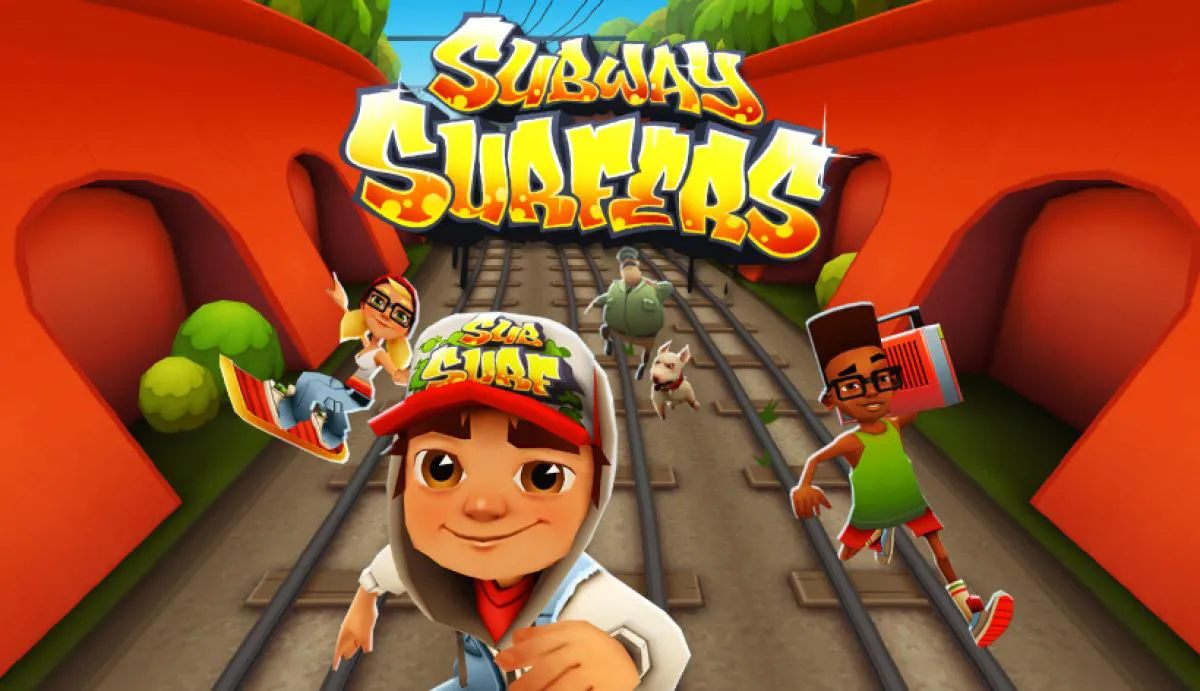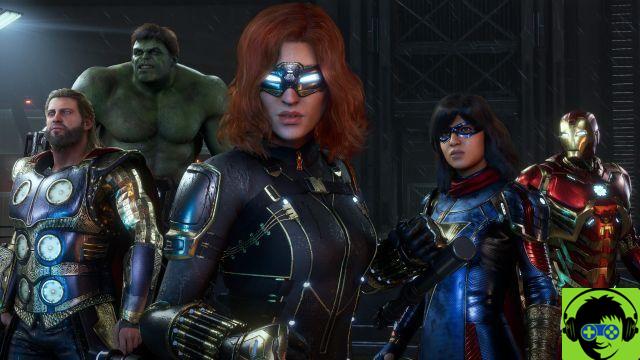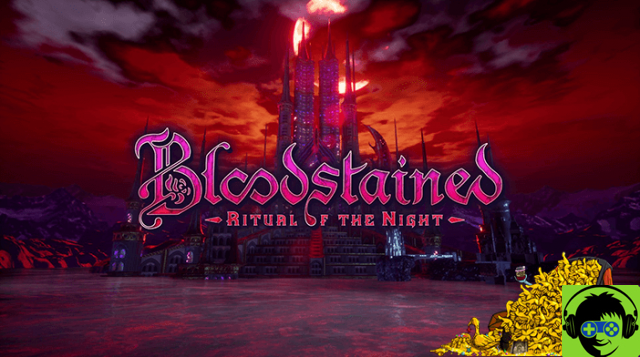
Since it was announced that Koji Igarashi, the man behind Castlevania's best and most popular game - Symphony of the Night - is working on a new Metroidvania-style game, fans around the world have been thrilled. After four long years of waiting, Bloodstained: Ritual of the Night has finally arrived!
Introduction
The development of Bloodstained was funded by a very successful campaign led by Kickstarter. The project has raised over $ 5,5 million making it one of the most supported Kickstarter games of all time, which is testament to the popularity of this genre. Initial release was slated for 2017, due to Nintendo Switch's 2017 release, Bloodstained has been postponed. Four years after the announcement, we finally got our hands on this gem.

History
The story of Bloodstained: Ritual of the Night follows Miriam, a Shardbinder (Crystal Transplanted Man) who bestowed upon demonic power) who had been sleeping for ten years. Her sleep was magical in nature, and while she slept, time ceased to pass for her. Now she's finally awake and she finds out that the Alchemists have sacrificed the Shardbinders and in doing so they summon hordes of demons to the world. The only two Shardbinders left alive are Miriam and Gabel, his childhood friend who miraculously survived the rite of sacrifice. It is now up to Miriam to determine who is responsible for summoning and stopping the disaster.

The player will learn most of the story through interactions and dialogues with the different characters he will meet along the way. Every character line is fully voiced and I can say with confidence that the actors did a phenomenal job. One of the main characters is played by David Hayter, the famous voice actor, most famous for giving the voice to Solid Snake from the Metal Gear franchise. Fans will also be delighted to hear that Robert Belgrade, the voice of Alucard from Castlevania: Symphony of the Night, is also voicing one of the characters.
The gameplay
Right from the start, players will notice that the core gameplay is quite similar to old school Castlevania games. The controls are smooth and very polished, and the player will always have the feeling of being in control of their character. The only downside is that you are a PC gamer and don't have a gamepad. I was playing a Steam version of the game with both keyboard and mouse and a PS4 controller. While it is entirely possible to play Bloodstained with a keyboard and mouse, I have to say that using the controller is highly recommended for this game. The controls feel much more natural and are more suitable for a controller. So that's pretty much the only complaint I have to make in this regard. Fortunately, that's not a problem for console users, but if you're a PC gamer, you should definitely play Bloodstained with a controller.
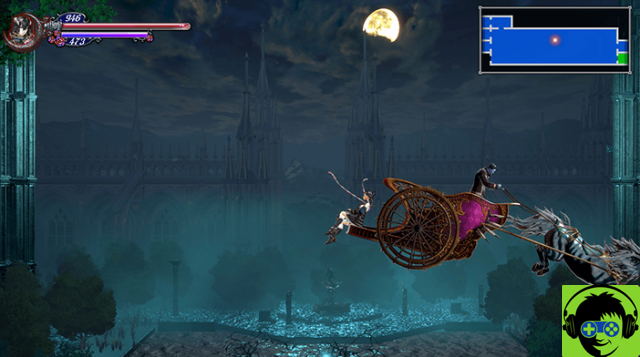
Weapons
As you play Bloodstained, you will find that Miriam is proficient in a variety of weapons. There are over ten different weapon types, each with their own set of moves and special abilities. The best thing is that all weapon types are completely viable, so it's a matter of personal preference. You can choose from daggers, rapiers, swords, hammers, spears, swordfish, whips, guns and even boots! That's right, boots are one of Blood Stained's weapons, and Miriam can use them to unleash deadly combos that might even bring Chun-Li to shame. Each weapon is tied to a specific damage type and most enemies are resistant to some damage types while they are weak for others. This information will be available in the Archives section of the main menu once you have defeated multiple enemies of the same type. However, players will easily be able to figure it out for themselves. For example, elemental elements of fire are resistant to fire damage, while being low in ice. Likewise, most bloodstained demons resist the damage of darkness and are vulnerable to light. Still, it doesn't require you to switch weapons all the time, it just makes it easier to deal with certain types of enemies if you're equipped appropriately.
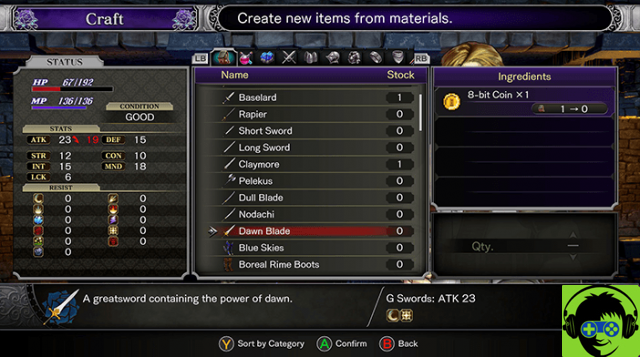
It's also worth mentioning that each weapon comes with a set of moves. This means that you can perform a special keystroke that will cause Miriam to perform a special ability that will be much more powerful than a normal attack. However, most of these moves cost mana, which balances things out perfectly. You will learn the key sequences of these movements by reading some books scattered around the game world. Keep in mind that these movements are not locked. The books will provide you with information about them, but you can still experience them and find out for yourself, which is very nice.
Equipment
Besides weapons, Miriam can also equip armor, a helm, two accessories and a scarf. These items come in a wide variety, which will complement your playstyle. For example, if you prefer to use Greatswords, you can use certain armor and accessories that reinforce your STR attribute, as Greatswords adapts very well to that attribute. On the other hand, if you prefer to hit enemies with ranged spells, you might want to equip INT boost items etc. The whole equipment system is quite simple and intuitive, and you won't have much difficulty adjusting to it.
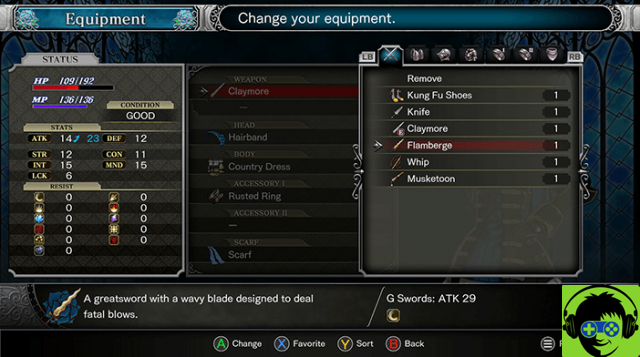
Shards
This is perhaps one of the most interesting aspects of Bloodstained. As you play, you will discover many different Shards, mostly defeated enemies. As a Shardbinder, Miriam can use them in combat and out of combat. There are five different types of shards, each represented by a different color. Some of them will allow Miriam to unleash deadly spells on her enemies. Others will give her some sort of protection, such as placing a shield that will repel enemy attacks in front of her. There are also those that allow him to interact with certain objects and obstacles in the game world. Certain shards will simply provide him with passive bonuses, such as increased resistance to a certain type of damage or increased effectiveness with a type of weapon. specific. Finally, there are fragments that will allow Miriam to summon special pets to aid her in battle. These pets can be upgraded, which will increase their combat abilities.

Each fragment can be classified, which will improve it in one way or another. To do this, you need to acquire specific materials. There are nine ranks for each shard, and the material needed to improve them is gradually becoming scarce. This balances things out for players who prefer to cast spells, as they can use the same spell throughout the game. However, to scale it to max rank, they'll need some material that can only be obtained at one point. later stage of the game.
enemies
Bloodstained: Ritual of the Night contains a plethora of different enemies. Each of these has unique abilities, as well as strengths and weaknesses. For example, heavily armored enemies are quite resistant to damage from conventional weapons, but most of them are vulnerable to magic. Likewise, spellcasting enemies are quite slimy when it comes to weapon damage, but are quite resistant to magic. Keep in mind that this is not always the case, but this is only a basic example. Either way, the enemies are very diverse and you will never feel that they are getting too repetitive or boring.
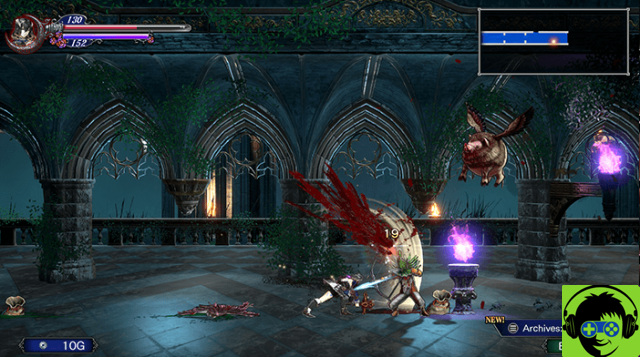
Bosses
This is probably one of the most important aspects of the Metroidvania / Igavania / Castlevania game types (call it whatever you want). Each pattern has a unique pattern and design. The learning curve for bosses is quite smooth, so the difficulty will gradually increase. A separate animation is related to most of the leader's abilities, which will allow you to learn about their habits and predict attacks.
It should also be noted that Bloodstained has three difficulty levels. However, at first, only normal difficulty is available. Some might say it's a good move, but I personally feel that at least two of the three difficulty levels should be available from the start. The reason is that in Normal difficulty some bosses are ridiculously easy (read, IGN easy). In my first game, I could just stand next to half the bosses and trade punches with them, dodging only some of the more dangerous attacks. Once my HP got too low I just used healing pots and kept hitting bosses until they eventually died. It was a bit of a problem, which could be easily resolved by having the hardest difficulty accessible from the start.

Atmosphere
The atmosphere of Bloodstained: Ritual of the Night is simply phenomenal! The music is very reminiscent of Symphony of the Night, but it is much more dynamic. It was composed by Michiru Yamane, who also composed the music for most of Castlevania's games, including Symphony of the Night, so fans immediately notice the resemblance. Overall, the game's soundtrack is excellent and it really adds to the atmosphere.
The atmosphere is very dark and has many similarities to the games of Castlevania. Right from the start, the game will put you in touch and you will quickly be drawn into its amazing world. Overall, the developers have reproduced everything we love about old school Castlevania games very well and more.
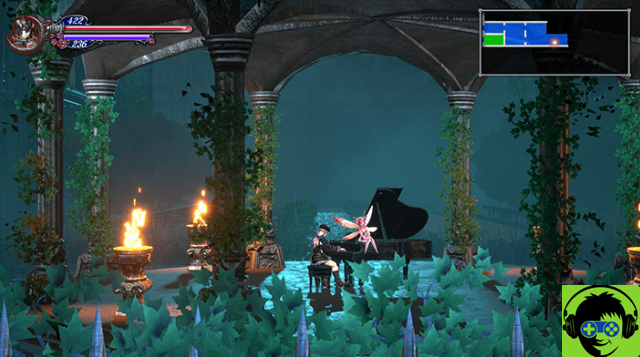
Graphics
Aesthetically, the blood stain is stunning. All of the models are very well designed and you can instantly see the amount of work involved in creating the characters. Since the first version of the demo garnered mixed reviews, Koji Igarashi and his entire team have worked hard to ensure players receive the promised game. And boy did they deliver! Everything in Bloodstained looks amazing, the models, the animations, the spells, the environment,… everything is taken care of to perfection. Also, it should be noted that each weapon in the game has a unique model. The same goes for helmets, most accessories and scarves. Unfortunately, the armor you equip won't change your character's appearance, which is a shame, but overall it's no big deal.
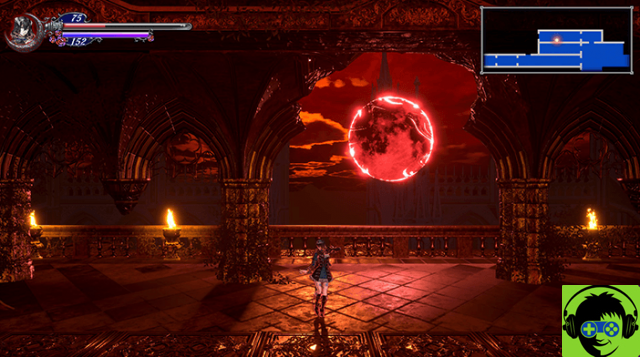
Gameplay
What Really Gets Bloodstained: Ritual of the Night awesome is its replay value. Since there are over ten different weapon types, each with a unique set of moves and abilities, as well as many different spells, Bloodstained has incredible replay potential. For example, the style of play with Daggers is completely different from that of Greatswords, which will make you feel like you are playing a completely different game. Koji Igarashi has also stated that 13 completely free DLC are on the way, which will give players plenty of extra hours of play.
Verdict
All in all, Bloodstained: Ritual of the Night is exactly what a spiritual successor should be, and after I have had a chance to try it out, I can freely say that Iga-san and his team did an amazing job. Good game!
Atmosphere 10
Graphics 9
Gameplay 9






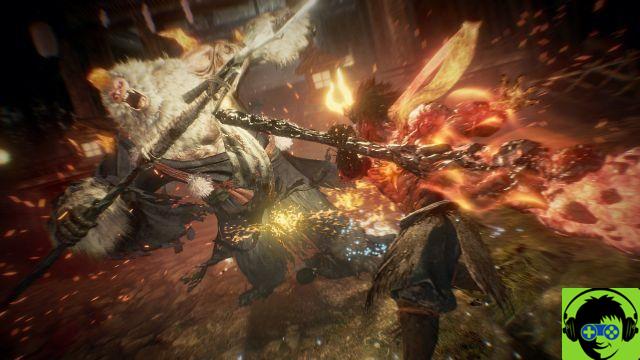


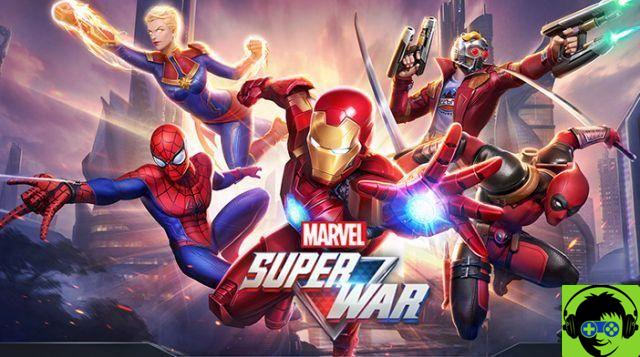
![Interview with Tom Hanks [Update I and II]](/images/posts/3a79ddab0e3f62d2832d74af31daff7b-0.jpg)


